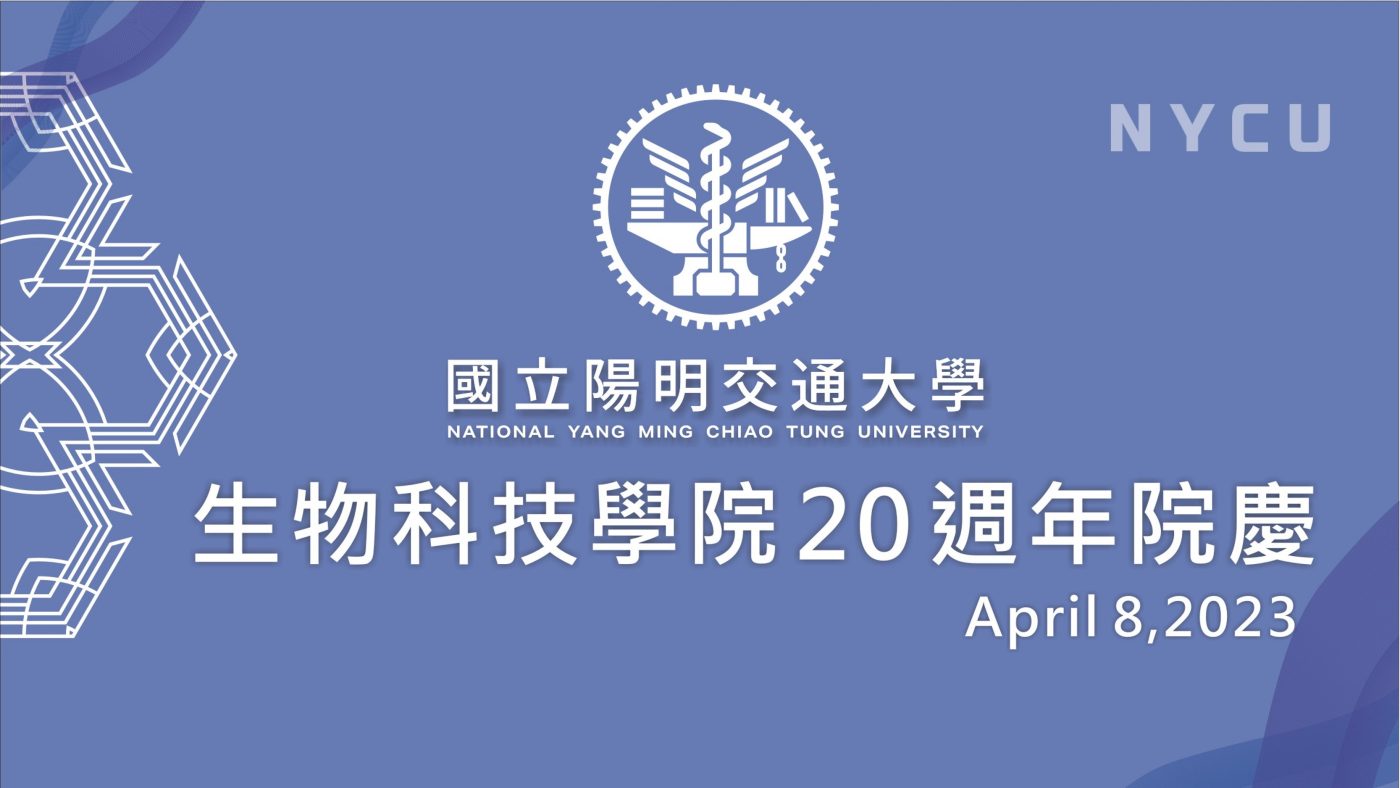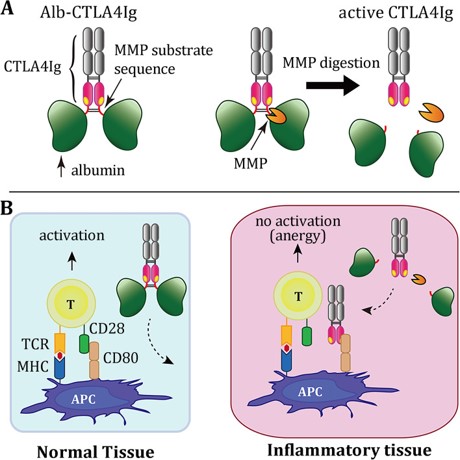Monthly Archives: 2 月 2023
謝仁俊教授研究團隊發表研究成果於Frontiers in Neuroscience
連結網址:https://www.frontiersin.org/articles/10.3389/fnins.2023.1114771/full
Introduction: This study sought to elucidate the cognitive traits of visual artists (VAs) from the perspective of visual creativity and the visual system (i.e., the most fundamental neural correlate).
Methods: We examined the local and long-distance intrinsic functional connectivity (FC) of the visual system to unravel changes in brain traits among VAs. Twenty-seven university students majoring in visual arts and 27 non-artist controls were enrolled.
Results: VAs presented enhanced local FC in the right superior parietal lobule, right precuneus, left inferior temporal gyrus (ITG), left superior parietal lobule, left angular gyrus, and left middle occipital gyrus. VAs also presented enhanced FC with the ITG that targeted the visual area (occipital gyrus and cuneus), which appears to be associated with visual creativity.
Discussion: The visual creativity of VAs was correlated with strength of intrinsic functional connectivity in the visual system. Learning-induced neuroplasticity as a trait change observed in VAs can be attributed to the macroscopic consolidation of consociated neural circuits that are engaged over long-term training in the visual arts and aesthetic experience. The consolidated network can be regarded as virtuoso-specific neural fingerprint.
謹訂於112年4月8日(六)於賢齊館舉辦生物科技學院20週年院慶,結合學術成果發表、院友回娘家、第一屆傑出院友頒獎典禮及生涯分享的生科院20週年年度盛事,誠摯邀請所有院友及在校同學共同參加。
活動網址:https://sites.google.com/view/2023-nycu-cbt-day/

彭慧玲教授研究團隊發表研究成果於J Microbiol Immunol Infect.
連結網址:https://pubmed.ncbi.nlm.nih.gov/36898943/
Abstract
Background: CpxAR is a two-component system that allows bacteria to reorganize
envelope structures in response to extracellular stimuli. CpxAR negatively affects type 1 fimbriae expression in Klebsiella pneumoniae CG43, a hypervirulent strain. The involvement of CpxAR in the regulation of type 3 fimbriae expression was investigated.
Methods: cpxAR, cpxA, and cpxR gene-specific deletion mutants were generated. The deletion effects on the expression of type 1 and type 3 fimbriae were analyzed via measuring the promoter activity, mannose sensitive yeast agglutination activity, biofilm formation, and the production of the major pilins FimA and MrkA respectively. RNA sequencing analysis of CG43S3, DcpxAR, DcpxR and Dfur was employed to study the regulatory mechanism influencing the expression of type 3 fimbriae.
Results: Deletion of cpxAR increased type 1 and type 3 fimbrial expression. Comparative transcriptomic analysis showed that the expression of oxidative stress-responsive enzymes, type 1 and type 3 fimbriae, and iron acquisition and homeostasis control systems were differentially affected by cpxAR or cpxR deletion. Subsequent analysis revealed that the small RNA RyhB negatively affects the expression of type 3 fimbriae, while CpxAR positively controls ryhB expression. Finally, the site-directed mutation of the predicted interacting sequences of RyhB with the mRNA of MrkA attenuated the RyhB repression of type 3 fimbriae.
林勇欣副教授研究團隊發表研究成果於PLOS ONE
連結網址:https://journals.plos.org/plosone/article?id=10.1371/journal.pone.0281903
Abstract
Here in this study we adopted genome-wide association studies (GWAS) to investigate the genetic components of the personality constructs in the Chinese Personality Assessment Inventory 2 (CPAI-2) in Taiwanese Hakka populations, who are likely the descendants of a recent admixture between a group of Chinese immigrants with high emigration intention and a group of the Taiwanese aboriginal population generally without it. A total of 279 qualified participants were examined and genotyped by an Illumina array with 547,644 SNPs to perform the GWAS. Although our sample size is small and that unavoidably limits our statistical power (Type 2 error but not Type 1 error), we still found three genomic regions showing strong association with Enterprise, Diversity, and Logical vs. Affective Orientation, respectively. Multiple genes around the identified regions were reported to be nervous system related, which suggests that genetic variants underlying the certain personalities should indeed exist in the nearby areas. It is likely that the recent immigration and admixture history of the Taiwanese Hakka people created strong linkage disequilibrium between the emigration intention-related genetic variants and their neighboring genetic markers, so that we could identify them despite with only limited statistical power.
鄒協成副教授研究團隊發表研究成果於 Inflammation and Regeneration
連結網址:https://pubmed.ncbi.nlm.nih.gov/36797799/
Abstract
Background: CTLA4Ig is a dimeric fusion protein of the extracellular domain of cytotoxic T-lymphocyte protein 4 (CTLA4) and an Fc (Ig) fragment of human IgG1 that is approved for treating rheumatoid arthritis. However, CTLA4Ig may induce adverse effects. Developing a lesion-selective variant of CTLA4Ig may improve safety while maintaining the efficacy of the treatment.
Methods: We linked albumin to the N-terminus of CTLA4Ig (termed Alb-CTLA4Ig) via a substrate sequence of matrix metalloproteinase (MMP). The binding activities and the biological activities of Alb-CTLA4Ig before and after MMP digestion were analyzed by a cell-based ELISA and an in vitro Jurkat T cell activation assay. The efficacy and safety of Alb-CTLA4Ig in treating joint inflammation were tested in mouse collagen-induced arthritis.
Results: Alb-CTLA4Ig is stable and inactive under physiological conditions but can be fully activated by MMPs. The binding activity of nondigested Alb-CTLA4Ig was at least 10,000-fold weaker than that of MMP-digested Alb-CTLA4Ig. Nondigested Alb-CTLA4Ig was unable to inhibit Jurkat T cell activation, whereas MMP-digested Alb-CTLA4Ig was as potent as conventional CTLA4Ig in inhibiting the T cells. Alb-CTLA4Ig was converted to CTLA4Ig in the inflamed joints to treat mouse collagen-induced arthritis, showing similar efficacy to that of conventional CTLA4Ig. In contrast to conventional CTLA4Ig, Alb-CTLA4Ig did not inhibit the antimicrobial responses in the spleens of the treated mice.
Conclusions: Our study indicates that Alb-CTLA4Ig can be activated by MMPs to suppress tissue inflammation in situ. Thus, Alb-CTLA4Ig is a safe and effective treatment for collagen-induced arthritis in mice.
- 1
- 2






